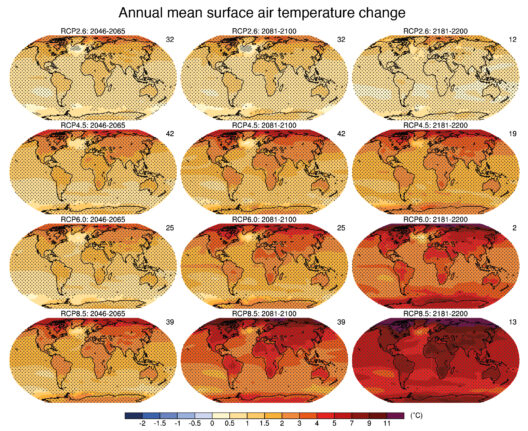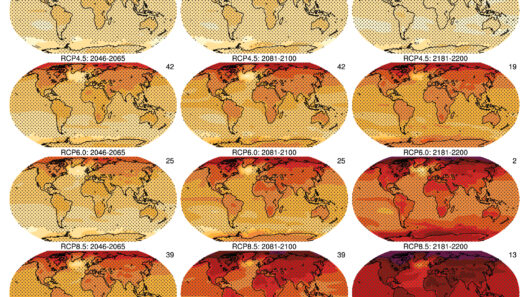The realm of automotive manufacturing is rife with transformations, mergers, and separations. One such pivotal moment in the industry was the split between Dodge and RAM, particularly regarding the iconic RAM Pickup trucks. This division is not merely a historical footnote; it encapsulates broader issues encompassing branding identity, consumer preferences, and environmental considerations. Understanding the timeline of this separation is essential to grasp the current dynamics of the vehicle market.
The tale begins in the early 1980s, when RAM was introduced as a line of heavy-duty trucks under the Chrysler Corporation. The brand identity had not yet fully crystallized, as RAM was initially part of the Dodge lineup. Simultaneously, a myriad of automotive manufacturers began to confront the growing concerns surrounding environmental sustainability. This prompted shifts in engineering and design philosophies, laying the groundwork for future discussions about vehicle emissions and fuel efficiency.
However, as the years progressed, it became increasingly apparent that the branding of RAM was evolving. By 2009, amid the financial crisis and a subsequent restructuring of the Chrysler LLC—now Chrysler Group LLC—Dodge officially delineated its division from RAM. The decision to bifurcate the two brands was a strategic move aimed at clarifying market identities. The RAM name began to represent a dedicated line of trucks, whereas Dodge focused on its range of cars and light trucks.
This split was not merely cosmetic; it served to highlight the distinct goals each brand aimed to achieve. The RAM trucks began to focus on capability, strength, and ruggedness, appealing to a demographic that frequently uses their vehicles for heavy-duty tasks or leisure activities in rugged terrains. This was in stark contrast to Dodge’s more performance-oriented, style-driven image. The separation allowed RAM to hone in on the specific needs and expectations of truck enthusiasts, which included an increasingly eco-conscious clientele.
Indeed, the impact of this division ignited broader discussions surrounding automotive emissions and fuel efficiency. As the world grappled with the realities of climate change, it became imperative for manufacturers to adapt their offerings in response to stricter regulations and consumer demand for greener vehicles. The advent of various fuel-efficient technologies, electric vehicle novelties, and hybrid options began to permeate the market. RAM, in its formative years post-split, was tasked with the challenge of balancing power and utility with eco-friendliness.
The introduction of the RAM 1500 EcoDiesel in 2014 marked a significant milestone in this evolution. This particular model showcased how traditional truck performance could coexist with fuel-efficiency mandates. The utilization of a diesel engine not only curtailed fuel consumption but also lowered carbon emissions. Such innovations reflected a growing awareness among consumers who found themselves increasingly concerned about their ecological footprint. The RAM brand’s commitment to sustainability paired with utility underscored a nuanced understanding of the modern-day truck owner’s values.
Transitioning into the 2020s, RAM continued to enhance its position in the environmentally conscious market. The launch of hybrid variants indicated a belief in the potential of alternative fuels. As more jurisdictions implemented stringent emission regulations, RAM adapted its engineering to ensure compliance while still offering a powerful and reliable product. The incorporation of sustainable materials within the truck interiors and advancements in technology for eco-driving further epitomized this shift.
The split between Dodge and RAM has, therefore, evolved into a narrative that transcends the mere logistics of brand identity. It underscores the intersection of craftsmanship, consumer demands, and environmental imperatives. Yet, the journey is far from complete. Future projections indicate that as electric vehicle technology matures, RAM will likely further pivot its production strategy. The impending electrification of trucks poses distinct challenges and opportunities. When fully realized, these technological advancements promise to redefine expectations of performance and emissions standards.
What readers can glean from this examination is not merely the chronological events surrounding the split but also its implications for the future of conservation within the automotive sector. The evolution of RAM trucks is emblematic of larger shifts within industry trends towards sustainability. Furthermore, it invites a broader discourse about responsibility among consumers and manufacturers alike. The trajectory of RAM serves as a reminder that progress is possible, even within industries traditionally seen as high-impact and resource-intensive.
In conclusion, while the split of RAM from Dodge occurred over a decade ago, the ramifications of that decision continue to resonate. It has altered the automotive landscape, prompting not just a change in styling, but a fundamental reevaluation of environmental stewardship. The introduction of more efficient, powerful models that reduce emissions speaks to a transformation in consumer expectations and industrial practices. Future advancements will undoubtedly continue to intersect with ecological considerations, and the legacy of this split will serve as a benchmark for how far the industry has come—and how far it still has to go.





